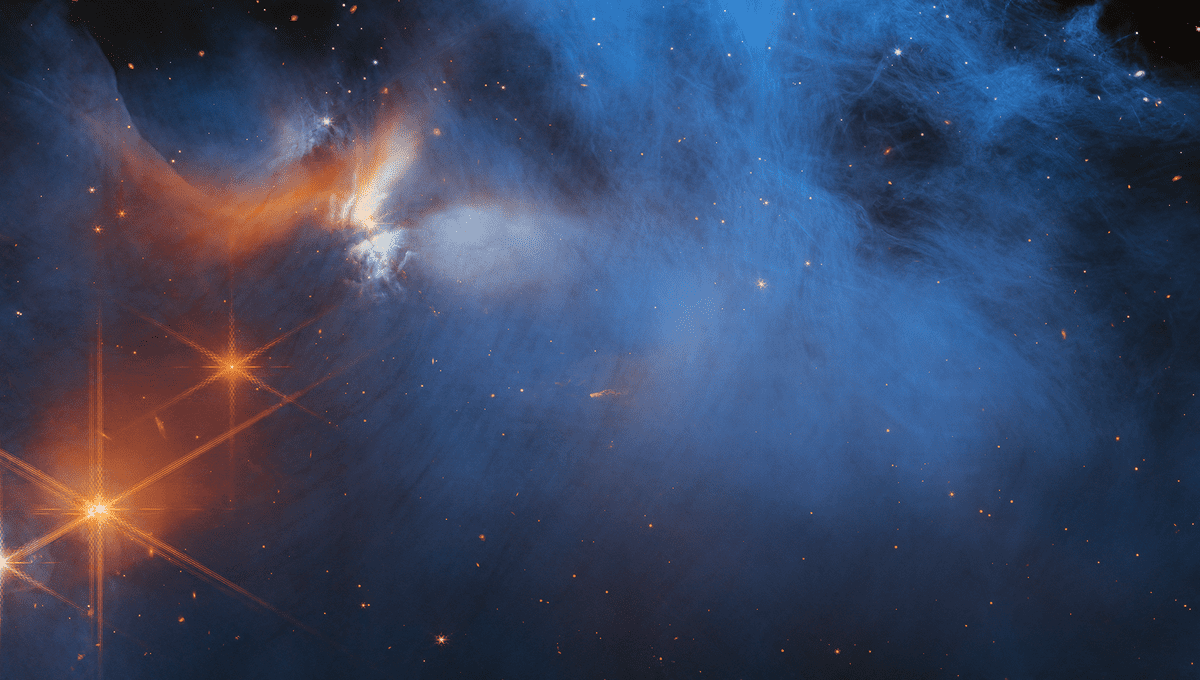
An international team using JWST has been able to obtain a phenomenal census of the deepest and coldest ices found in a molecular cloud yet, a vast interstellar structure from which stars and planets can form. Beyond water ice, the team found frozen ammonia, methane, methanol, and carbonyl sulfide.
Having such a detailed description of the menagerie of ices in such an area of space helps astronomers with their understanding of planetary formation and life. Elements in these frozen substances feature carbon, hydrogen, oxygen, nitrogen, and sulfur. That’s pretty much all the good stuff you need for sugar, alcohol, and amino acids – the building blocks of life. They are also staples in planetary atmospheres and they are referred to together by their acronym: CHONS.
These ices will eventually melt, as the molecular clouds act as stellar nurseries and new stars are born there. But thanks to JWST, researchers were able to see them before they were sublimated away.
“Our results provide insights into the initial, dark chemistry stage of the formation of ice on the interstellar dust grains that will grow into the centimeter-sized pebbles from which planets form in disks,” lead author Melissa McClure, an astronomer at Leiden Observatory in the Netherlands and principal investigator of the observing program, said in a statement. “These observations open a new window on the formation pathways for the simple and complex molecules that are needed to make the building blocks of life.”
Methanol is considered the simplest complex organic molecule, with complex here meaning having more than six atoms. Researchers found other signals that would indicate larger complex molecules. Unfortunately, they were not able to identify exactly which ones.
“Our identification of complex organic molecules, like methanol and potentially ethanol, also suggests that the many star and planetary systems developing in this particular cloud will inherit molecules in a fairly advanced chemical state,” added Will Rocha, an astronomer at Leiden Observatory who contributed to this discovery. “This could mean that the presence of precursors to prebiotic molecules in planetary systems is a common result of star formation, rather than a unique feature of our own solar system.”
The results presented in this work also report more sulfur than any previous observations, but still less than expected for a cloud of this size. The researchers propose that sulfur and the other CHONS might not just be trapped in ice but also in other materials, such as soot and rocks, and that the different proportions might create different planets.
“The fact that we haven’t seen all of the CHONS that we expect may indicate that they are locked up in more rocky or sooty materials that we cannot measure,” explained McClure. “This could allow a greater diversity in the bulk composition of terrestrial planets.”
The findings were published in the journal Nature Astronomy.
Source Link: JWST Discovers Coldest Ices In A Molecular Cloud Yet